by Daisy Dao
Baking is a science and like all sciences, there are constants that must be followed or the results can be less than desirable. When it comes to baking, sugar is one of those constants. Sugar provides flavor, sweetness, and structure to baked goods. But what happens when you want or need to cut out the sugar from your recipe? There are many sugar substitutes available on the market, but not all of them work well in baking. In this blog post, we will discuss some of the most common sugar substitutes and how they can be used in baking. We will also provide a few recipes that use sugar substitutes so you can see how they work in action!
Contents
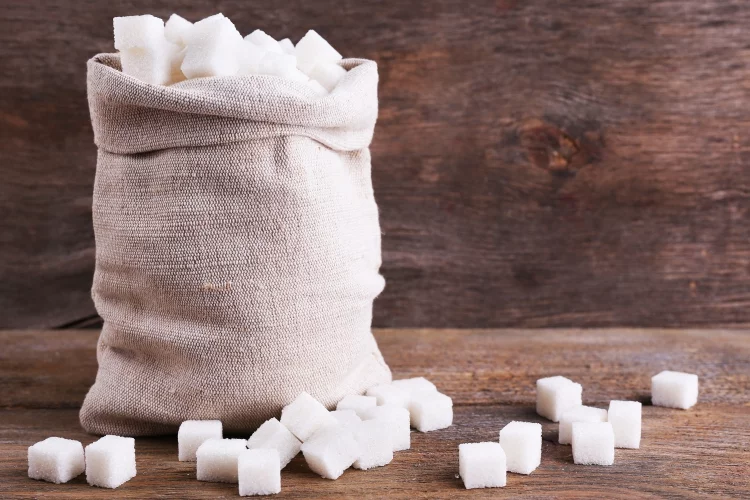
Sugar is a essential ingredient in baking. It not only provides sweetness, but also helps to create the perfect texture and moistness in baked goods. Sugar also plays an important role in the browning process, helping to create that perfect golden crust on pies and pastries.
There are many different types of sugar available for baking, including granulated sugar, brown sugar, powdered sugar, and honey. Each type of sugar has its own unique flavor and properties that make it ideal for different recipes.
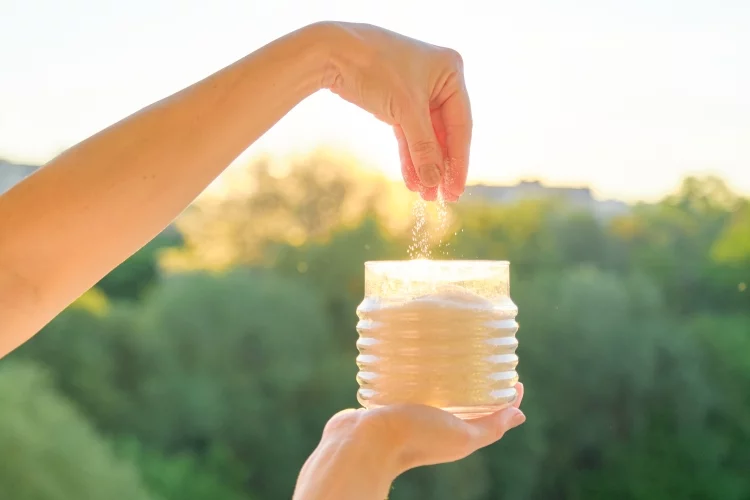
Granulated sugar is the most common type of sugar used in baking. It is produced by refining cane or beet juice into a white powder. Granulated sugar dissolves quickly and easily, making it ideal for use in cakes, cookies, and other baked goods.
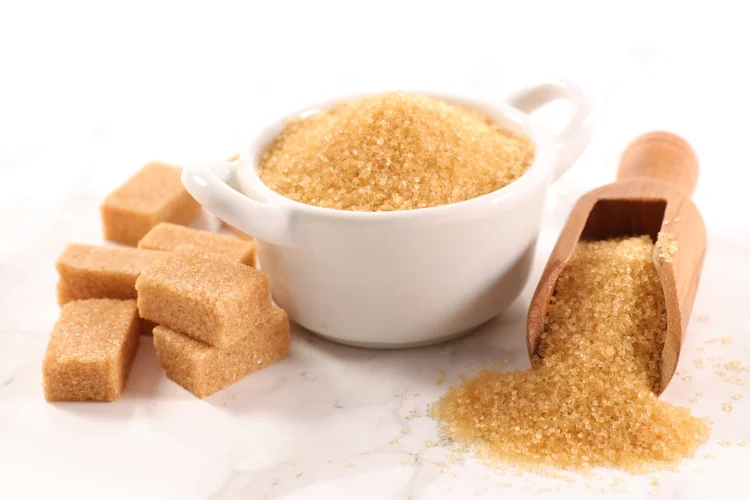
Brown sugar is made by adding molasses to granulated sugar. The molasses gives brown sugar its characteristic flavor and color. Brown sugar is often used in recipes that call for a deeper, richer flavor, such as gingerbread or chocolate chip cookies.

Powdered sugar is made by grinding granulated sugar into a fine powder. It dissolves easily in liquids, making it ideal for use in frostings and icings. Powdered sugar is also often used as a decoration on top of cakes and other desserts.
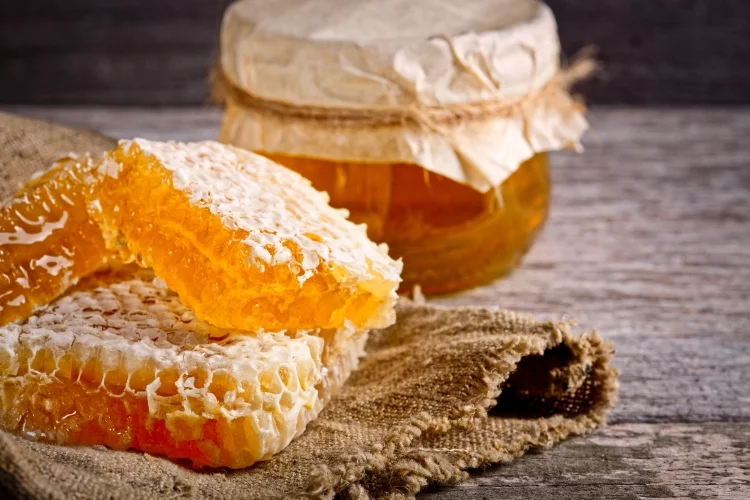
Honey is a natural sweetener made by bees from the nectar of flowers. Honey has a unique flavor that can enhance the taste of many recipes. It is also a natural source of antioxidants and has antibacterial properties.
When it comes to baking, sugar is an essential ingredient. It not only sweetens the final product but also plays an important role in the structure and texture of baked goods. Here are some of the benefits of using sugar when baking:
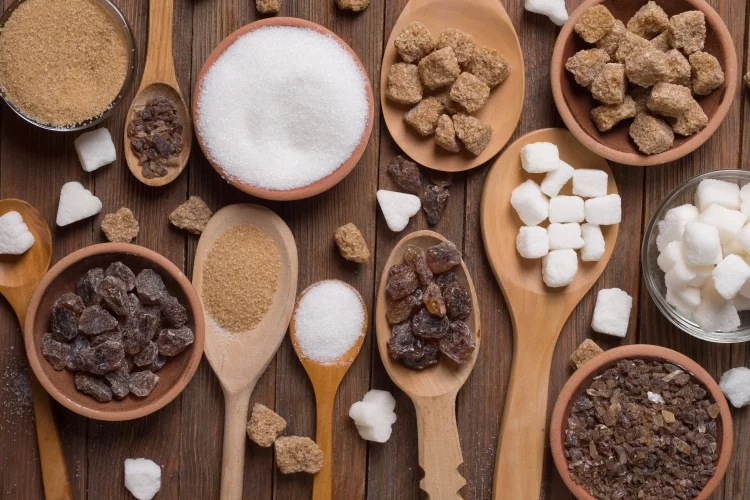
Whether you're baking a cake, cookies, or bread, sugar is an important ingredient to use. Keep these benefits in mind next time you're in the kitchen!

Generally speaking, most baked goods can be made without using sugar substitutes. However, there are some specific cases where sugar substitutes may be necessary. For example, if you are making a recipe that calls for a large amount of sugar, you may want to consider using a sugar substitute. This is because too much sugar can make baked goods very sweet and can also cause them to brown quickly.
Another reason you may want to use a sugar substitute in baking is if you are trying to cut down on the calories in a recipe. Sugar substitutes tend to have fewer calories than regular sugar, so they can help you reduce the overall calorie content of a recipe.
Finally, if you have diabetes or are watching your sugar intake for other reasons, you may need to use sugar substitutes in baking. Sugar substitutes can help you control your blood sugar levels and make sure that your baked goods are safe for you to eat. If you do decide to use sugar substitutes in baking, be sure to follow the recipe carefully. Some sugar substitutes can change the texture or flavor of a recipe, so it's important to read the labels and follow the directions carefully. In general, though, most baked goods can be made without using sugar substitutes. So, if you're not sure whether or not you need them, you can probably just stick with regular sugar.
There are many reasons to want to use sugar substitutes for baking. Perhaps you're trying to cut back on sugar for health reasons, or you're making a dessert for someone with diabetes. Maybe you're just looking for a way to reduce the calories in your favorite recipes.
Whatever your reason, there are a few things you need to know about using sugar substitutes in baking. First of all, not all sugar substitutes are created equal. Some work better than others in different types of recipes. And second, using a sugar substitute can often change the taste and texture of your baked goods, so it's important to experiment a little and see what works best for you.
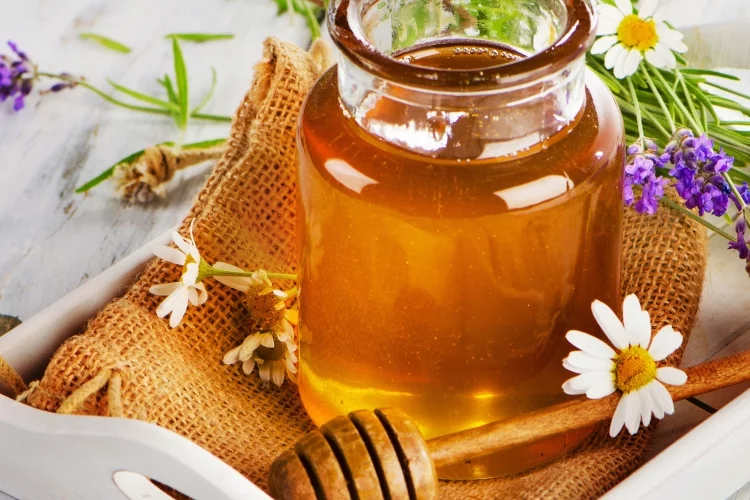
Honey can be used as a sugar substitute for baking. When using honey, you will need to use less of it than you would sugar because honey is sweeter than sugar. You will also need to make sure that the honey is at room temperature so that it will mix evenly with the other ingredients. Honey can also add moisture to your baked goods, so you may need to reduce the amount of liquid called for in the recipe. When substituting honey for sugar in a recipe, start by using half as much honey as the recipe calls for sugar. You can always add more honey if you want your baked goods to be sweeter. Keep in mind that substituting honey for sugar will also change the flavor and texture of your baked goods. Honey is a natural humectant, which means it helps baked goods retain moisture. This can make your baked goods more dense and moist than if you had used sugar. Honey will also brown quicker than sugar, so keep an eye on your baked goods while they are in the oven. If you are looking for a healthier alternative to sugar, honey is a good choice. It is lower on the glycemic index than sugar, which means it won't cause your blood sugar to spike as quickly. Honey is also a good source of antioxidants and has anti-inflammatory properties.

Maple syrup is a great sugar substitute for baking. It is 100% natural, has a lower glycemic index than white sugar, and adds a delicious maple flavor to baked goods. Here are some tips for using maple syrup in your baking:
Molasses can be used as a sugar substitute for baking. It is less sweet than sugar, so it can help to reduce the overall sweetness of a recipe. molasses can also add depth of flavor and richness to baked goods. When substituting molasses for sugar, you will need to use less molasses than sugar. Start by substituting 1/2 cup of molasses for every 1 cup of sugar called for in the recipe. You can always add more molasses if you want a deeper flavor or sweeter taste. Be sure to add a little extra baking time if you are using molasses in place of sugar, as it can cause baked goods to darken slightly during baking.
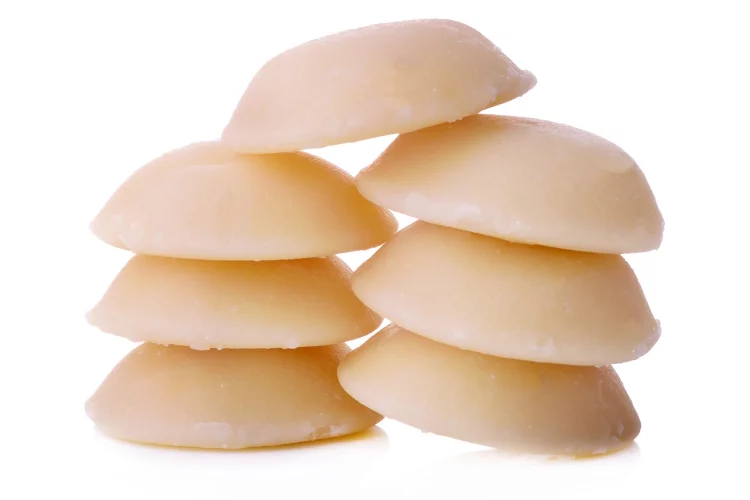
Coconut sugar is a great substitute for refined sugar in baking recipes. It has a lower glycemic index than white sugar, so it doesn't cause the spikes in blood sugar levels that white sugar does. Coconut sugar also has a lovely caramel flavor that enhances the flavors of baked goods. Be sure to use coconut sugar in recipes that call for brown sugar, as it will not work as a one-to-one replacement for white sugar. If you're looking for a healthier alternative to refined sugar, give coconut sugar a try in your next baking recipe. You might just be surprised at how delicious it is!
As the popularity of stevia as a sugar substitute continues to grow, more and more people are looking for ways to use it in their baking. While stevia can be a great sugar substitute for many recipes, it is important to keep in mind that it does not work exactly like sugar. Here are a few tips for using stevia in your baking:
With a little experimentation, you should be able to find the right balance of ingredients to make delicious baked goods using stevia as a sugar substitute.
So, which sugar substitutes should you use for your baking? Well, it depends on what you are looking for. If you want a sugar substitute that tastes the most like sugar, then go with honey or agave nectar. If you are looking for a sugar substitute that has the fewest calories, then choose erythritol or stevia. Whichever sugar substitutes you choose, just make sure to read the labels carefully and follow the recipe instructions so that your baked goods turn out correctly. Have fun experimenting in the kitchen!
 |
 |
 |
 |
 |
 |
 |
 |

About Daisy Dao
Daisy grew up on the beautiful Honolulu island where she often found herself spending most of her day enjoying the ocean scent in sea waves. As such, Daisy came to appreciate the art of cooking seafood. She has experimented with baking, roasting, broiling, poaching, grilling (and every other cooking technique you can think of); and with all kinds of spices too. Now she is ready to present her experience: the art of cooking healthy food without any pre-packaged ingredients; food product recommendations for people who need a bit more guidance on what goes into their bodies; how to maintain an active lifestyle without having to give up your favorite foods!
Kitchen Goodness
Check for FREE Gifts. Or get our Free Cookbooks right now.
Disable the Ad Block to reveal all the recipes. Once done that, click on any button below
 |
 |
 |
 |